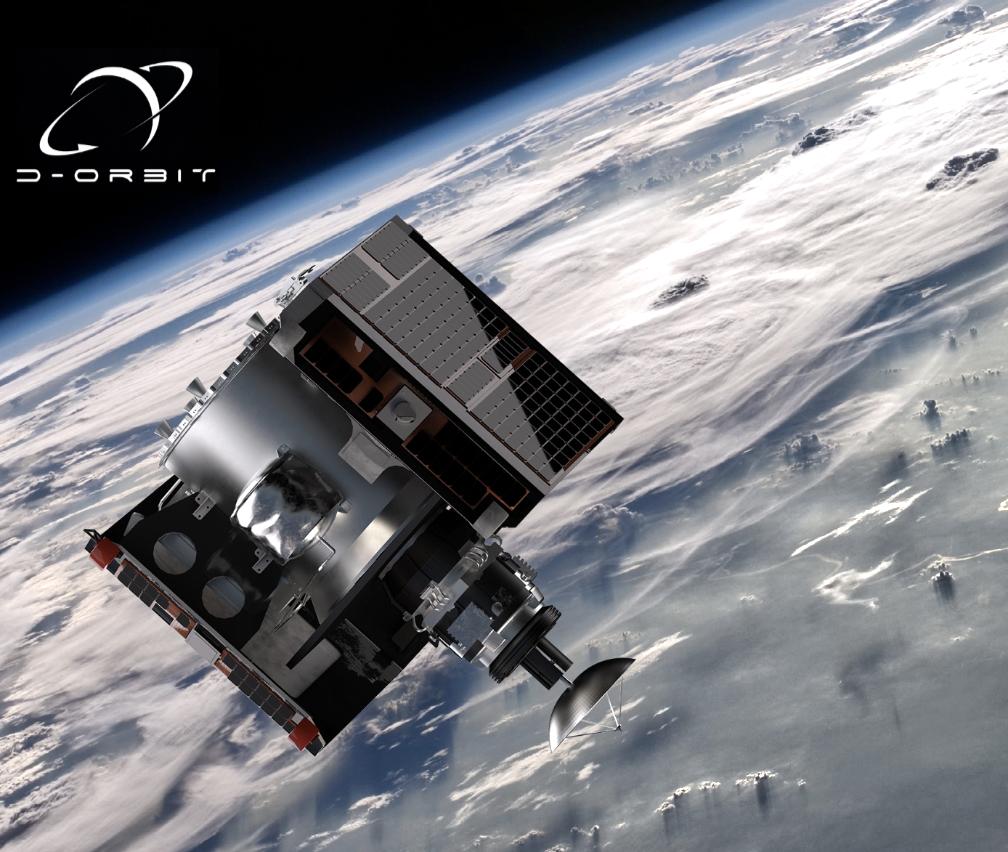
D-Orbit has launched Guardian, the 10th commercial mission of the firm’s proprietary orbital transfer vehicle (OTV) — ION Satellite Carrier (ION).

The OTV lifted off on April 14th, 2023, at 23:48 p.m. PDT (April 15th, 2023 at 06:48 UTC) aboard a Falcon 9 rocket from the Space Launch Complex 4 East (SLC-4E) at Vandenberg Space Force Base in California, and was successfully deployed at 1:05 a.m. PDT on April 15th into an approximately 500 km altitude polar orbit.
ION is a versatile and cost-effective OTV designed to precisely deploy satellites and perform orbital demonstrations of third-party payloads hosted onboard. After the first commercial mission in September 2020, D-Orbit has completed nine more missions.
During the mission, ION SCV010, dubbed “Masterful Matthaeus,” will host five satellites onboard, one of which remains undisclosed, as well as two, third-party payloads.
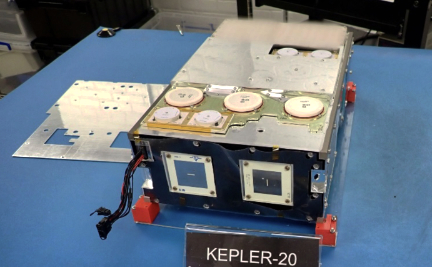
Kepler 20 and 21, two CubeSat by Kepler Communications, are a continuation of Kepler’s first-generation communications constellation. Kepler’s two newest satellites will provide additional test and validation for payload technology planned for their next generation of satellites. The company is on a mission to build the Internet for space to provide real-time, continuous connectivity for space communications.
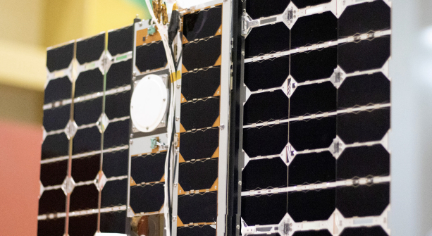
VCUB1, developed by Visiona Tecnologia Espacial, is the first Earth Observation (EO) and Data Collection satellite developed by the Brazilian private industry showcasing the Company’s ability to create high-performance space systems. The 12 kilogram smallsat boasts a sophisticated architecture and employs cutting-edge equipment. Its high spatial resolution camera captures images with superior radiometric and geometric qualities compared to similar class commercial satellites, making it ideal for agricultural and environmental protection applications. Additionally, VCUB1 features a UHF data collection system based on radio-defined software technology. Initially used for hydrological and meteorological data collection, the system also offers the potential for in-orbit updates to deliver IoT solutions. Lastly, the satellite will validate Visiona’s in-flight Attitude and Orbit Control System (AOCS) and On-board Data Handling (OBDH) software, which are critical for managing satellite operations.
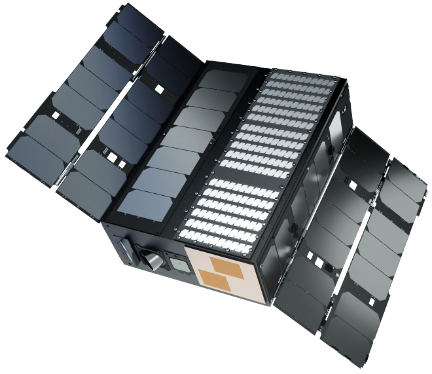
EPICHyper-1 is a 6U EPIC CubeSat, designed and built by AAC Clyde Space. The spacecraft, the first of three, will deliver Hyperspectral data exclusively to their partners at Wyvern Inc., a Canadian Earth observation company. The 6U EPIC VIEW satellites dedicated to Wyvern are designed as ‘application specific’ and feature increased data downlink and enhanced control capabilities and will deliver hyperspectral data, a method for capturing images of Earth across multiple bands, providing much more information than the three main color bands that the human eye captures. Under their Space Data as a Service agreement, AAC Clyde Space manufactures, operates, and owns the 6U EPIC satellites equipped with hyperspectral payloads, while Wyvern Inc. commits to subscribe to the data service. Wyvern, specializing in Earth Observation (EO), will first offer the data to the agricultural sector where it will help optimize yields, and detect invasive plants, pests and changes in soil makeup.
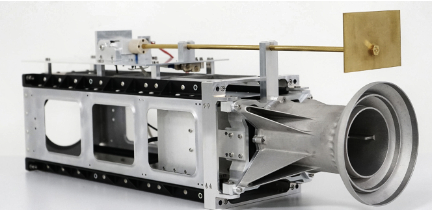
SCORPIO, a payload for Electronic Intelligence activities, is an in-house developed CubeSat created by Elt‘s Space EW Team, leveraging more than 70 years of experience in Electro Magnetic Spectrum (EMS) management. The system is designed to intercept, identify, and locate terrestrial electromagnetic sources, such as RF signals, from space. By determining the characteristics of these signals and using Artificial Intelligence (AI) algorithms, SCORPIO enables automatic categorization and data storage. During its current mission, SCORPIO will gather data relevant to monitoring maritime traffic and land-based emitters. This information can be valuable in the civilian sector, aiding in the prevention of suspicious activities in maritime areas near blue borders.

MicroCMG is VEOWARE‘s first Control Moment Gyroscope to be tested in space. This In-Orbit-Demonstration mission is a crucial milestone that will advance the development and commercialization of VEOWARE’s unique high-agility Attitude Control technology. Designed to support spacecraft weighing between 50 and 250 kg, MicroCMG enhances data capture capabilities, enables new in-orbit applications, and increases downlink time. D-Orbit’s mission control team is now performing a series of tests and diagnostics in preparation for the operational phase.
Guardian is ION’s fourth mission in 2023. D-Orbit launched its first ION in September 2020 aboard an Arianespace VEGA launcher, then 9 further missions aboard SpaceX Transporter missions. With this launch, the Company will have collectively transported to space more than 100 payloads.
“Every new mission brings along new challenges, new milestones to be achieved, new opportunities to grow as a company, as well as a team. The beginning of this year has been very intense, we have launched several new missions, closed important institutional contracts, we have pushed the team hard and I could not be more proud and grateful for what their passion and dedication is allowing us to achieve.” — Renato Panesi, Ph.D., D-Orbit’s co-founder and Chief Commercial Officer
Founded in 2011, D-Orbit is the first company addressing the logistics needs of the space market. ION Satellite Carrier, for example, is a space vehicle that can transport satellites in orbit and release them individually into distinct orbital slots, reducing the time from launch to operations by up to 85% and the launch costs of an entire satellite constellation by up to 40%. ION can also accommodate multiple third-party payloads like innovative technologies developed by startups, experiments from research entities, and instruments from traditional space companies requiring a test in orbit. The whole, fully redundant ION can be rented for edge computing applications and space cloud services to provide satellite operators with storage capacity and advanced computing capabilities on-orbit. D-Orbit’s roadmap includes becoming a relevant player in the in-orbit servicing market, which is forecasted to become one of the largest, growing markets within the space sector.
